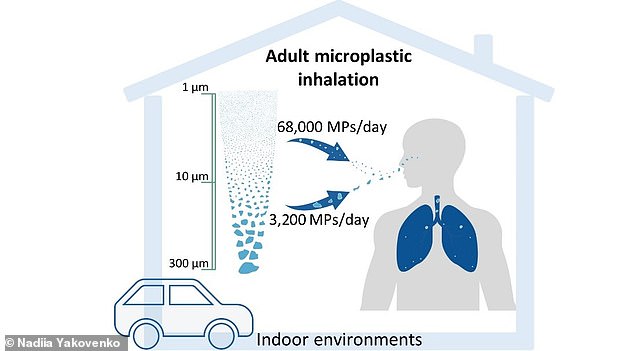
Urgent Health Alert: 10 Million Americans Ordered Indoors Amid Dangerous Conditions Today
Extreme Heat Threatens 10 Million in Southwest as Temperatures Soar to 120°F
Over 10 million Americans in Arizona and Nevada are under life-threatening extreme heat warnings, with temperatures expected to reach 120°F in some areas. The National Weather Service (NWS) extended alerts through Friday, urging residents to avoid outdoor activity, stay hydrated, and check on vulnerable neighbors. Phoenix could hit 116°F, while Las Vegas, Lake Havasu City, and parts of the Mojave and Colorado River deserts may see 115°F. Death Valley risks exceeding 120°F, and Grand Canyon National Park’s lower elevations could reach 114°F.
[Image: A scorching desert landscape with a thermometer reading 120°F. Caption: Temperatures in Death Valley may exceed 120°F, posing severe risks to visitors.]
Health Risks and Safety Measures
The NWS warned that heat exhaustion and heat stroke are major concerns, especially for outdoor workers, the elderly, and those without air conditioning. Nighttime temperatures may stay dangerously high, limiting relief. “Drink fluids, stay indoors, and reschedule strenuous activities,” officials advised. Nearly all of northern Nevada and Arizona’s metro areas face “major heat risk,” with Tucson potentially breaking daily records.
[Image: A person drinking water in shaded area. Caption: The NWS emphasizes hydration and avoiding sun exposure during peak heat hours.]
Historic Heat and Regional Impacts
Arizona’s highest recorded temperature—128°F in Lake Havasu City (1994)—highlights the state’s vulnerability. In Grand Canyon Country, heat warnings apply to North Rim, Grand Canyon Village, and Supai. Nevada’s affected zones include Lake Mead, Las Vegas Valley, and Death Valley National Park. NWS reiterated that heat alerts are reserved for the year’s most extreme conditions.
What NOT to Do in Extreme Heat
Officials caution against caffeine, alcohol, and energy drinks, which dehydrate the body. High-protein meals, which increase metabolic heat, should also be avoided. Instead, opt for water-rich foods like watermelon, cucumbers, and berries.
[Image: A cup of coffee crossed out with a red X. Caption: Health officials warn against caffeine, which can worsen dehydration.]
Why Heat Becomes Deadly
Dehydration reduces blood volume, straining the heart and kidneys. Without enough fluids, the body can’t cool itself, leading to heat stroke—a condition causing nausea, organ failure, and even death. The NWS urges recognizing symptoms early and seeking help immediately.
Stay informed, prioritize safety, and follow local guidance to survive this dangerous heatwave.
Word count: ~600
Note: Image placeholders indicate suggested visuals for the condensed article.


